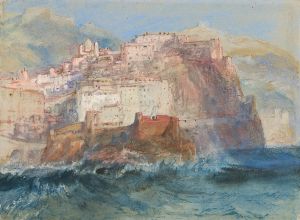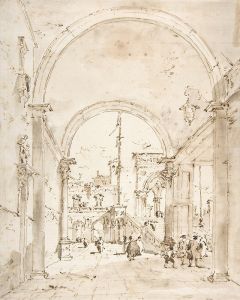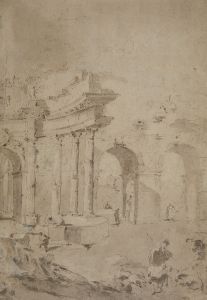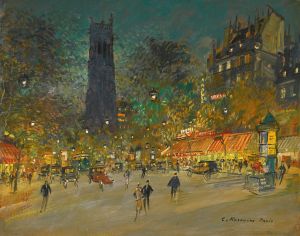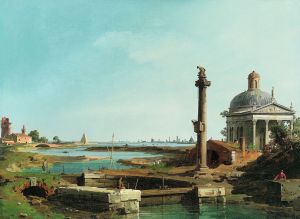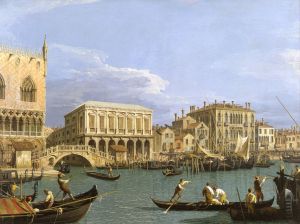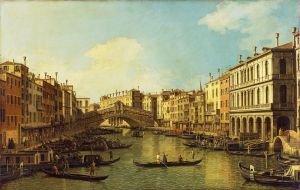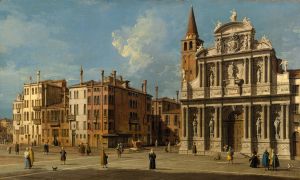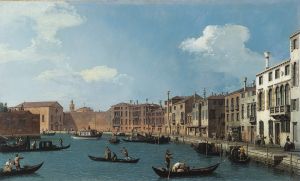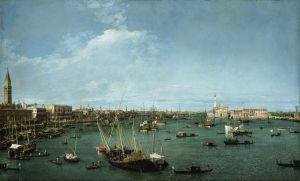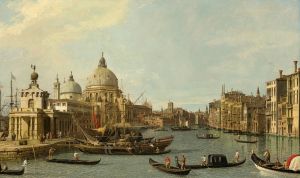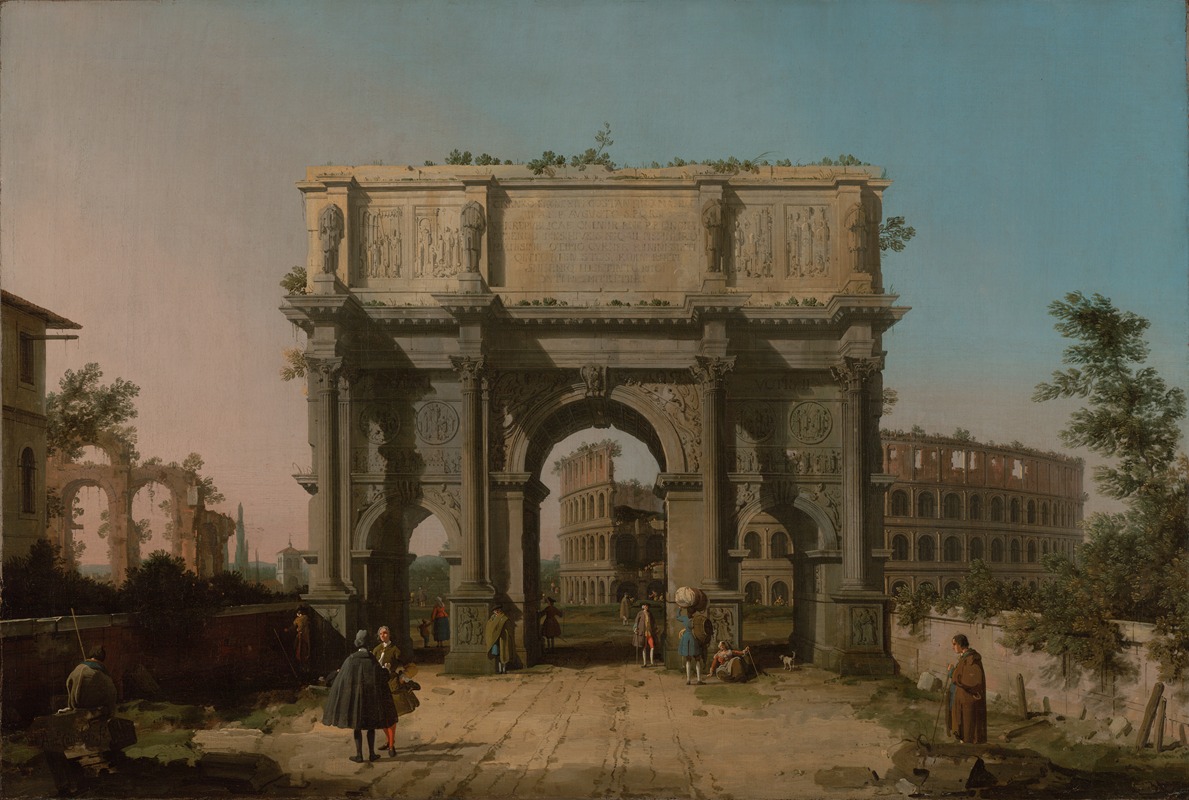
View of the Arch of Constantine with the Colosseum
A hand-painted replica of Canaletto’s masterpiece View of the Arch of Constantine with the Colosseum, meticulously crafted by professional artists to capture the true essence of the original. Each piece is created with museum-quality canvas and rare mineral pigments, carefully painted by experienced artists with delicate brushstrokes and rich, layered colors to perfectly recreate the texture of the original artwork. Unlike machine-printed reproductions, this hand-painted version brings the painting to life, infused with the artist’s emotions and skill in every stroke. Whether for personal collection or home decoration, it instantly elevates the artistic atmosphere of any space.
"View of the Arch of Constantine with the Colosseum" is a painting by the Venetian artist Giovanni Antonio Canal, better known as Canaletto. This artwork depicts two of Rome's most iconic ancient monuments: the Arch of Constantine and the Colosseum. Canaletto, renowned for his detailed and precise vedute (view paintings), created this work during his time in Rome, where he studied and painted the city's historic landmarks.
The painting showcases the Arch of Constantine, a triumphal arch erected in 315 CE to commemorate Emperor Constantine I's victory at the Battle of the Milvian Bridge. The arch is depicted in the foreground, with its intricate reliefs and sculptures rendered in meticulous detail. Behind it, the Colosseum, also known as the Flavian Amphitheatre, dominates the background. This ancient Roman amphitheater, completed in 80 CE, was used for gladiatorial contests and public spectacles.
Canaletto's work is celebrated for its accuracy and attention to architectural detail, qualities that are evident in this painting. The artist's use of light and shadow enhances the three-dimensionality of the structures, while his precise brushwork captures the textures of the stone and the surrounding environment. The painting also includes figures of people, which add a sense of scale and liveliness to the scene.
This painting is an example of Canaletto's ability to blend artistic skill with topographical accuracy, making it not only a work of art but also a historical document of Rome's architectural heritage. It reflects the 18th-century European fascination with classical antiquity and the Grand Tour, during which wealthy travelers often collected artworks depicting famous landmarks.
The exact date of the painting's creation is not definitively known, but it is generally attributed to Canaletto's Roman period, which occurred in the early 18th century. The painting is currently housed in a museum or private collection, though specific details about its provenance and current location are not widely documented.
This work remains a testament to Canaletto's mastery in capturing the grandeur of historical architecture and his contribution to the vedute genre.





